Material Separation and Water Treatment
Separation Equipment Manufacturers
At Michigan Dredging, we provide advanced material separation and water treatment equipment specifically designed for the needs of dredging and heavy-industry projects. As trusted manufacturers of separation equipment in Michigan, we design and deliver solutions that optimize efficiency, reliability, and environmental compliance.
Our systems feature state-of-the-art industrial separation equipment and sedimentation processes, enhancing material recovery and water treatment during dredging operations. By integrating innovative separation technology with proven pumping systems, we ensure effective sediment control and long-term operational performance.
From dredged material handling to wastewater treatment and site reclamation, our equipment helps contractors, municipalities, and industrial facilities manage material flow safely and efficiently. For clients seeking durable solutions from experienced separation equipment manufacturers, we provide the tools and expertise needed to achieve superior dredging outcomes.
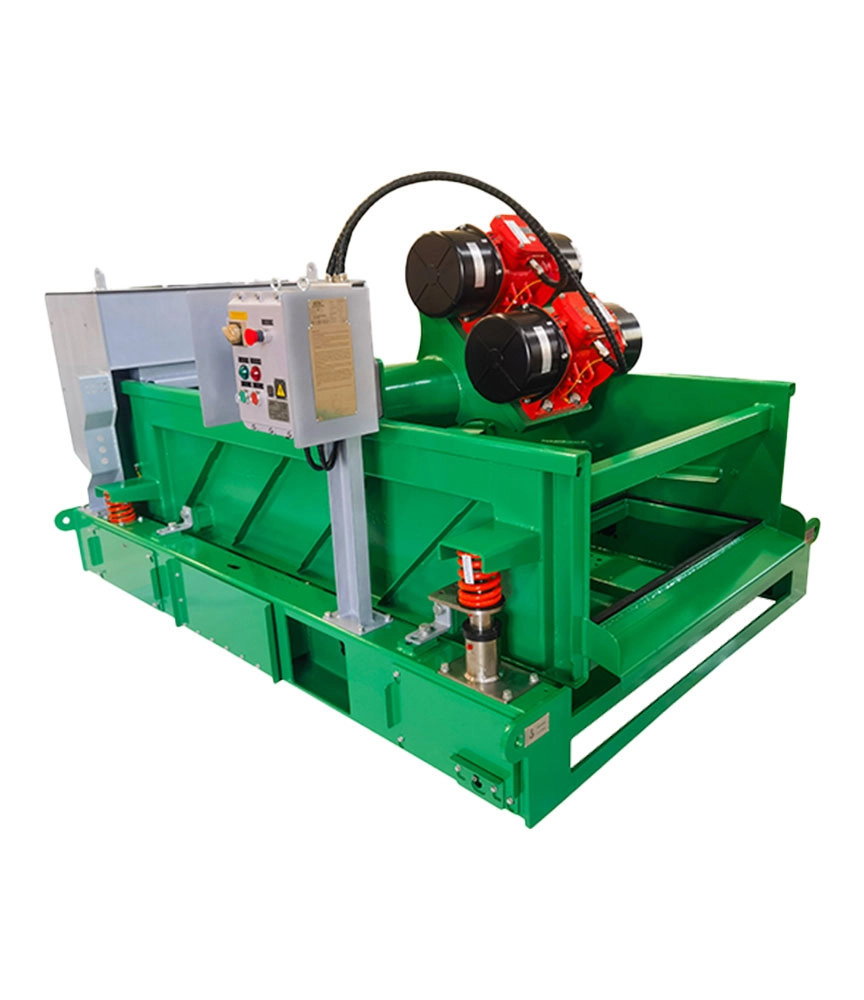
Material Separation & Water Treatment Equipment
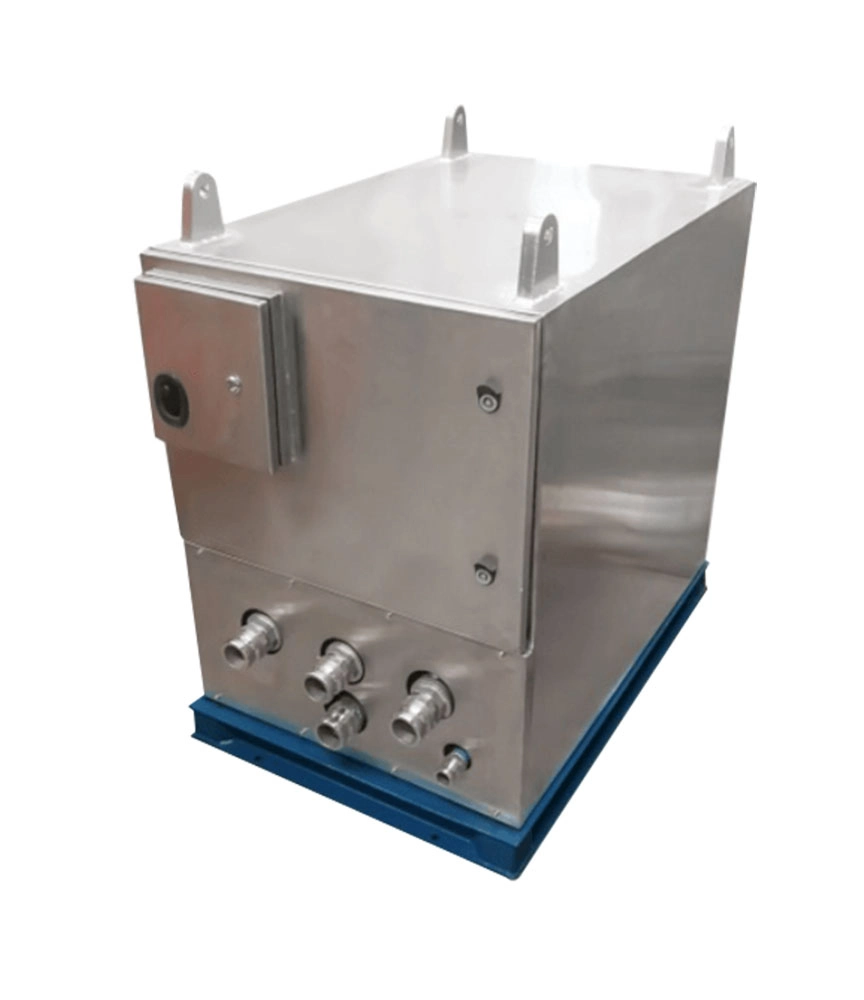
Patented Vacuum Dewatering System
Our patented vacuum dewatering system sets a new benchmark for efficiency in dredging and slurry management. Engineered for faster performance than conventional drying methods, this technology utilizes advanced vacuum power to expedite slurry vacuum dewatering. The result is shorter drying cycles, faster project completion, and higher overall productivity.
Speed and Efficiency
The system is designed for rapid dewatering, making it the most efficient choice for high-volume dredging and sediment removal projects. By utilizing next-generation vacuum dewatering equipment it reduces downtime, improves output, and ensures consistent performance even under demanding conditions.
Modular Design
Built with flexibility in mind, our system’s modular setup allows seamless integration with a variety of dredging operations. This adaptability ensures that vacuum dewatering systems can be scaled to match different project sizes—whether for municipal lagoons, industrial ponds, or large-scale harbor work.
Superior Performance
Our dewatering vacuum pumps are engineered to handle challenging slurry conditions, delivering consistent and reliable results. Whether working with fine sediments or abrasive slurries, the system provides steady performance, ensuring smooth project execution.
Enhanced Slurry Separation Technology
The system incorporates advanced vacuum sediment dewatering processes to maximize solid-liquid separation. This not only produces cleaner effluent but also creates more manageable solids, contributing to environmentally responsible dredging practices.
Comprehensive Slurry Management Solutions
Beyond equipment, we provide end-to-end slurry handling support. From slurry vacuum dewatering to comprehensive slurry management solutions, our technology ensures reliable performance across a wide range of conditions. Each project benefits from systems designed to optimize efficiency, meet regulatory standards, and minimize environmental impact.
Geotextile Tubes for Effective Dewatering
At Michigan Dredging, we offer high-performance geotextile tubes as a reliable solution for dewatering and sediment containment. These durable, large-capacity systems are designed for material separation and water treatment, making them ideal for dredging, construction, and industrial applications.
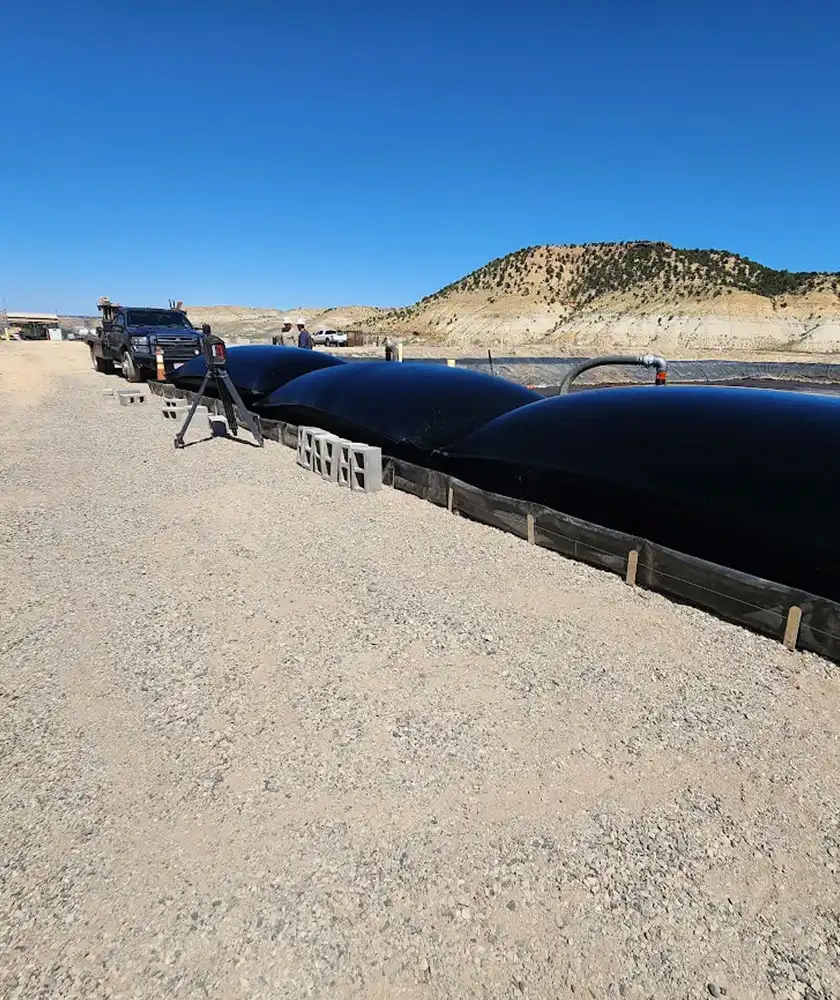
High Capacity
Our dewatering geotextile tubes are built to handle significant volumes of slurry. Their rugged design allows for the safe containment of sediments while maintaining continuous operation. This makes them a reliable choice for large-scale projects that demand uninterrupted performance.
Cost-Effective
Using geotextile tube dewatering technology reduces the need for costly drying machinery and additional labor. These systems streamline sediment management, cutting project costs while maintaining high efficiency. They provide a practical and economical option for both municipal and industrial dredging operations.
Environmental Compliance
Our sediment dewatering tubes are engineered to meet strict environmental regulations. By separating solids and allowing clean water to filter through, they minimize ecological impact and ensure compliance with federal and state standards. This approach supports sustainable dredging practices across varied environments.
Efficient Solid-Liquid Separation
The advanced geotextile tube dewatering technology we use ensures fast and reliable separation of solids from liquids. By capturing even fine sediments while discharging clear water, these systems increase efficiency and improve overall project outcomes.
Versatility in Application
Geotextile tubes can be applied to a wide range of projects, including harbors, rivers, lagoons, stormwater basins, and industrial sites. Their adaptability makes them suitable for a wide range of sediment types and operational conditions, offering consistent performance in both small- and large-scale projects.
Temporary Pond Building for Dewatering
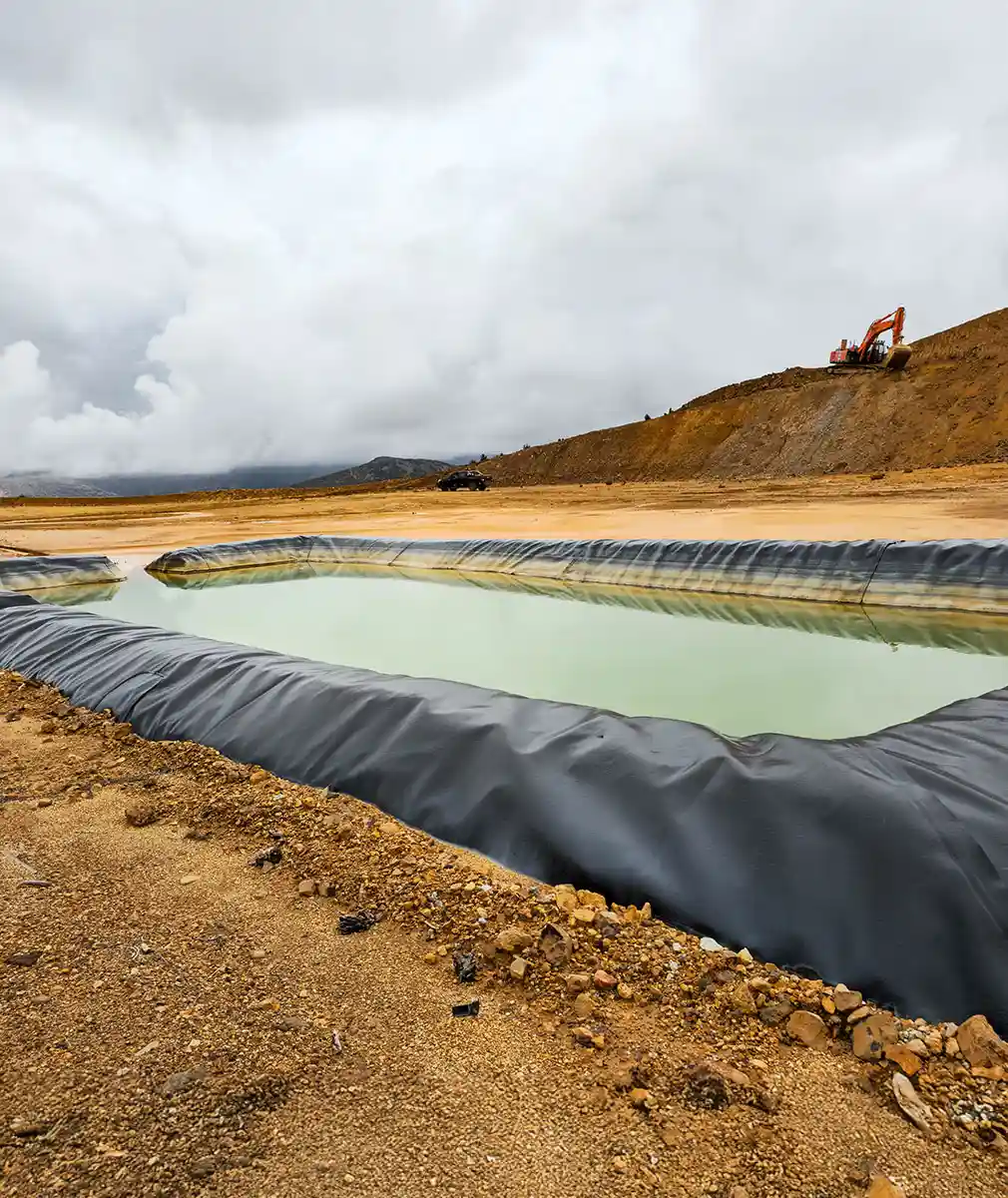
Alongside advanced dewatering systems and geotextile tubes, we also specialize in pond excavation and dredging for temporary dewatering. These engineered ponds are crucial for managing water flow and sediment removal, providing a flexible solution for both large and small-scale dredging projects.
Customized Solutions
Each project presents unique challenges, which is why we offer customized dredging solutions for ponds. Our team designs and builds temporary ponds that match site-specific conditions, sediment types, and operational goals. Whether it’s for industrial use, municipal needs, or private facilities, we provide custom pond dredging solutions that deliver maximum efficiency and effectiveness.
Efficient Sediment Management
Our pond dredging services ensure effective containment and settling of slurry. By using pond sludge removal services, sediment can be managed in a controlled environment, resulting in cleaner water discharge and improved compliance with environmental regulations. This approach provides tailored sediment management and enhances overall dewatering efficiency.
Rapid Deployment
Time-sensitive projects require quick action. Our team can rapidly establish temporary ponds designed for sediment extraction, helping to maintain schedules without unnecessary delays. These systems are built for immediate use, integrating seamlessly into ongoing dredging or dewatering operations.
Versatile Applications
Temporary ponds are adaptable across industries and project scales. From pond restoration dredging in small communities to large-scale industrial dewatering, these systems provide dependable and sustainable sediment removal for ponds. Their versatility makes them suitable for municipal, agricultural, and heavy-industry applications.
Cost-Effective Solution
Building temporary ponds is an economical alternative to permanent installations. Designed for short-term use, they can be dismantled after completion, offering sustainable sediment removal while helping control project costs. This ensures reliable results without straining budgets.
Water Treatment Solutions
At Michigan Dredging, we offer advanced water treatment services in Michigan, specifically designed to support dredging operations, industrial facilities, and municipal projects. Our approach combines proven engineering with modern purification technologies to deliver comprehensive water treatment solutions that exceed environmental standards.
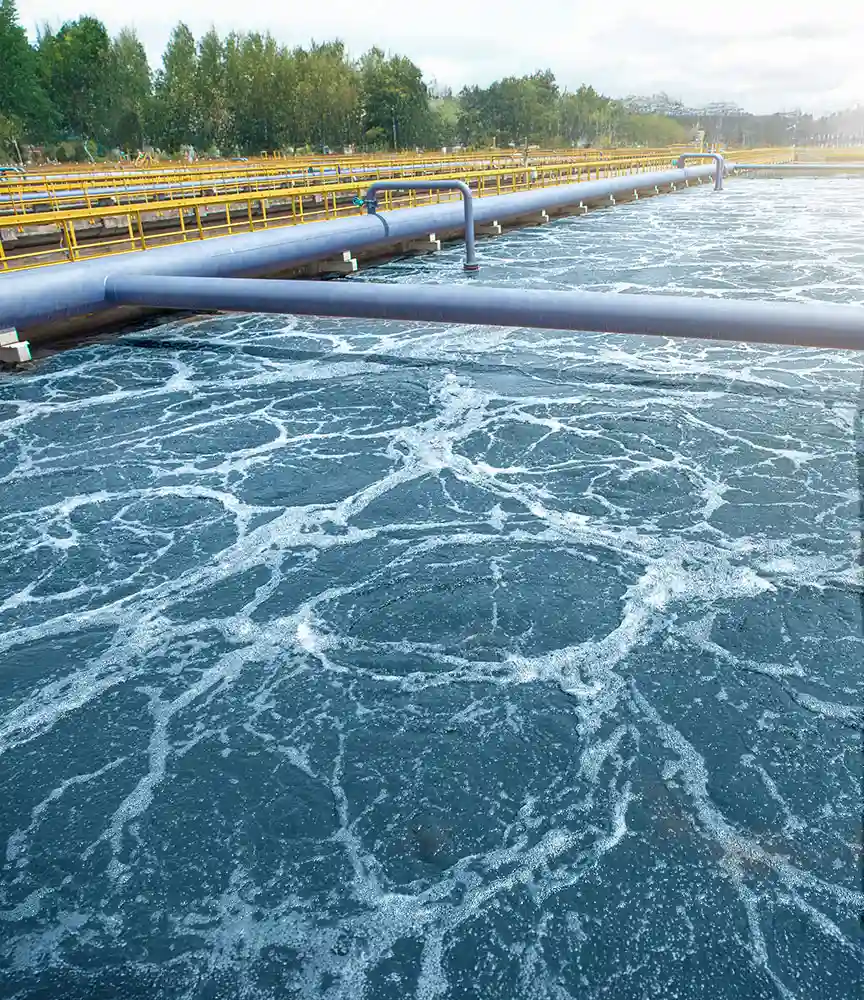
Initial Screening and Pre-Treatment
Water extracted during dredging is first passed through coarse screens and filters. This step removes larger debris and sediments, protecting downstream industrial water treatment systems from clogging and premature wear.
Coagulation and Flocculation
We add chemical coagulants that bind fine particles into larger clusters, or flocs. Gentle mixing helps these flocs form and settle efficiently, improving overall sediment removal before the next stage.
Sedimentation
In sedimentation tanks, the flocs settle to the bottom as sludge. This sludge is collected for further processing, while the clarified water proceeds to the next phase. This process ensures effective sediment control and efficient sludge management.
Filtration
Clarified water passes through advanced filtration systems—sand, gravel, or membrane filters—to remove any remaining suspended solids. This delivers crystal-clear water ready for advanced polishing.
Advanced Oxidation Processes (AOPs)
To target dissolved organics and pathogens, we utilize eco-friendly water treatment methods, including ozone, UV, and hydrogen peroxide. These AOPs break down complex contaminants and inactivate harmful microorganisms, leaving no harmful chemical residues.
Adsorption
Activated carbon is used to remove residual organics, as well as taste and odor-causing substances. This ensures the water is safe, clean, and suitable for discharge or reuse.
Disinfection
Final disinfection—via chlorination or UV irradiation—eliminates bacteria, viruses, and other pathogens, ensuring microbiological safety. This is vital for both wastewater treatment services and reuse applications.
Monitoring and Quality Control
Real-time monitoring systems continuously track key parameters throughout the process. Regular sampling ensures compliance with strict state and federal standards, making our approach one of the most reliable water treatment solutions in the region.
Our Water Treatment Process
Built on industry expertise and advanced technology, our process follows these essential stages:
Coagulation and Flocculation
Process
Positively charged coagulants are added to neutralize the charge on suspended particles, allowing them to clump together.
Outcome
The formation of larger, heavier floc particles enhances the efficiency of contaminant removal.
Sedimentation
Process
The floc particles are allowed to settle naturally in sedimentation tanks.
Outcome
Clear separation of water from sludge, with settled solids collected at the bottom for disposal or further treatment.
Filtration
Process
Water passes through layers of sand, gravel, or membrane filters to remove fine suspended particles.
Outcome
Production of clean, clarified water ready for advanced treatment stages.
Disinfection
Process
Methods such as chlorination, UV light, or ozonation are applied to neutralize pathogens.
Outcome
Elimination of harmful microorganisms, ensuring the water is safe for reuse or discharge.
pH Adjustment
Process
Chemical agents are added to stabilize and neutralize pH levels.
Outcome
Balanced water chemistry that prevents corrosion and ensures safety for infrastructure and end use.
Optional Fluoridation
Process
Fluoride may be added in specific applications to promote dental health.
Outcome
Support for public health through reduced risk of tooth decay.
Final Treatment and Distribution
Process
Treated water is stored in reservoirs with ongoing monitoring and quality checks.
Outcome
A consistent, reliable supply of high-quality water for municipal, industrial, or environmental applications.
Questions & Answers
What types of dredging services do you offer?
We provide a wide range of dredging solutions, including harbor and channel maintenance, pond and lagoon dredging, industrial site support, contaminated sediment removal, and shoreline restoration.
Can you handle marine and inland dredging projects?
Yes. Our team is equipped for both coastal and inland work, from harbor deepening and dock clearance to rivers, lakes, and stormwater systems.
Do you provide customized dredging solutions for specific projects?
Absolutely. Every project is unique, so we design tailored dredging plans based on site conditions, sediment type, environmental requirements, and client goals.
What equipment do you use for dredging projects?
Our fleet includes cutterhead dredges, excavator pump attachments, dredge sleds for ponds, submersible slurry pumps, cable-deployed units, and remote-operated dredges. This ensures we can match the right equipment to the job.
Can you manage contaminated sediment removal safely?
Yes. We specialize in handling contaminated material using advanced pumping systems, geotextile tubes, and vacuum dewatering methods to ensure safe containment and compliance with environmental regulations.
Do you provide dredging support for industrial or energy facilities?
We regularly support power plants, manufacturing facilities, and other industrial sites with services like cooling pond dredging, wastewater treatment pond cleaning, and sediment control for infrastructure.
How do you ensure environmental compliance during dredging?
Our methods prioritize sustainability. We utilize eco-friendly dredging techniques, precise positioning systems, and advanced monitoring to minimize environmental impact and ensure compliance with state and federal regulations.
Do you provide dredging for small ponds or only large-scale projects?
We handle projects of all sizes. From small farm ponds and municipal lagoons to large-scale harbor or river work, our equipment and crews are flexible enough to adapt to any scope.
What is included in your harbor dredging services?
Harbor work includes channel deepening, berth and dock maintenance, sediment removal for navigational safety, and disposal or dewatering of dredged material.
Why should we choose your company over other contractors?
With decades of experience, advanced equipment, and a focus on cost-effective and environmentally responsible practices, we deliver reliable results and long-term value to our clients.
